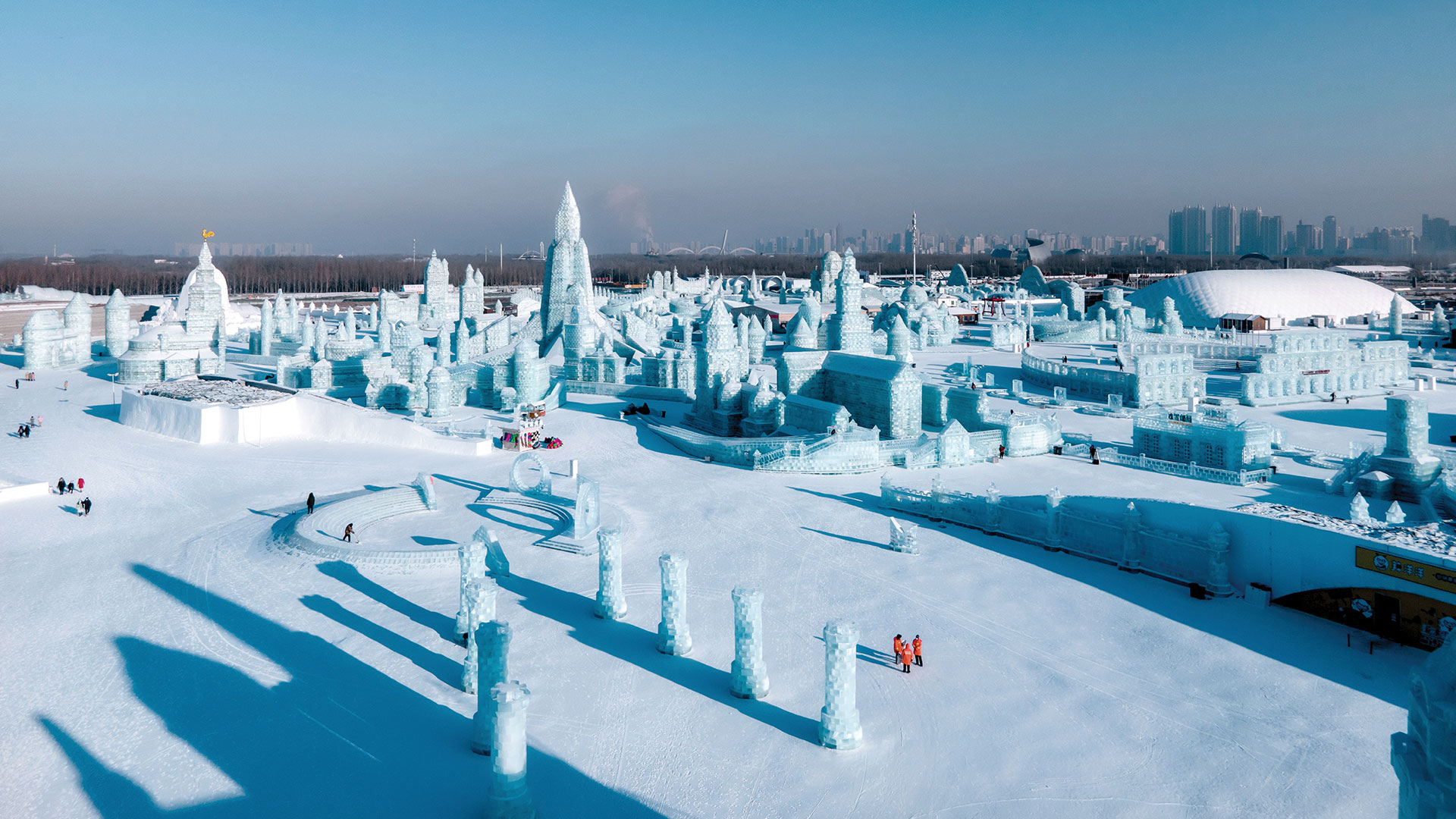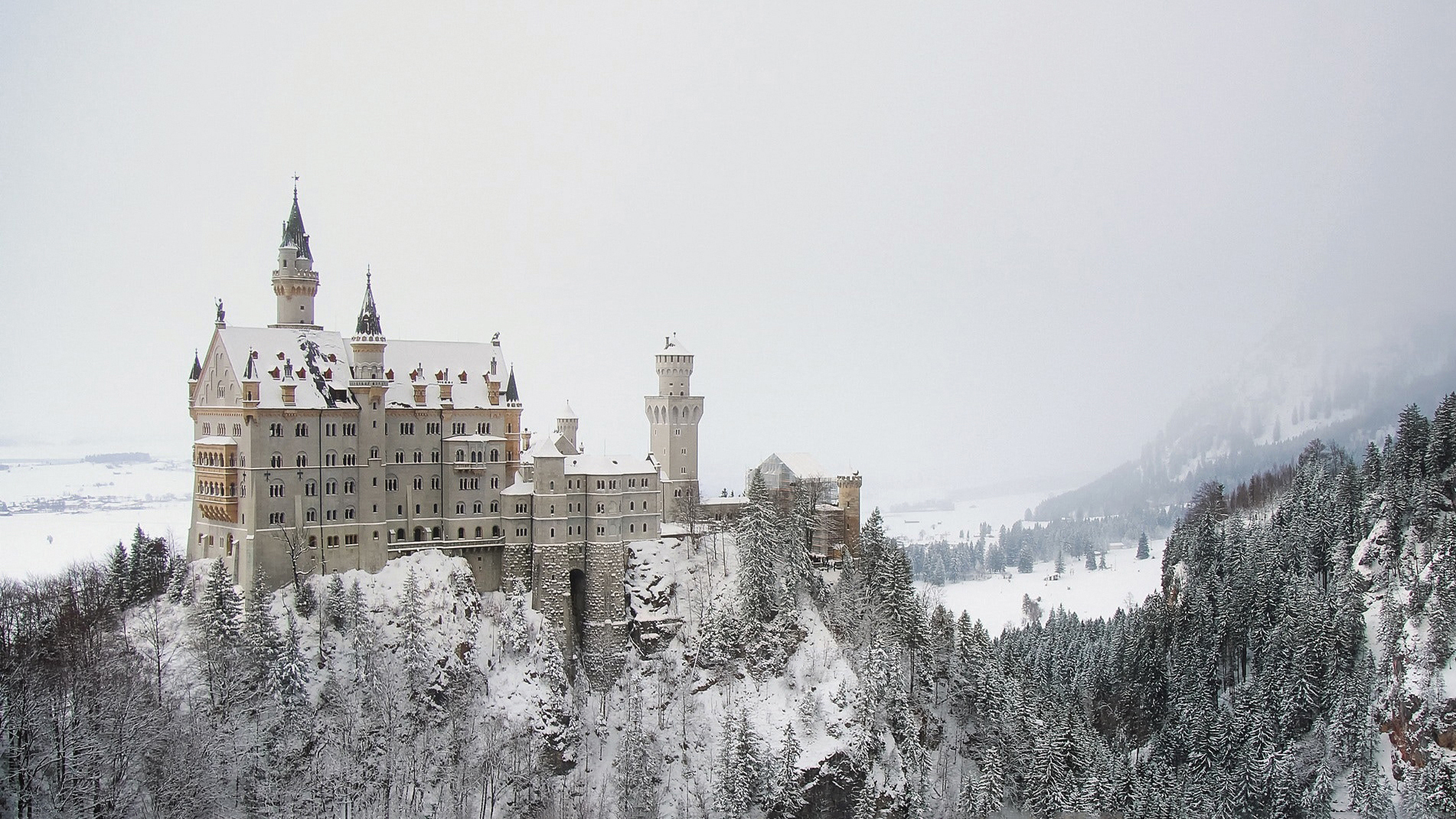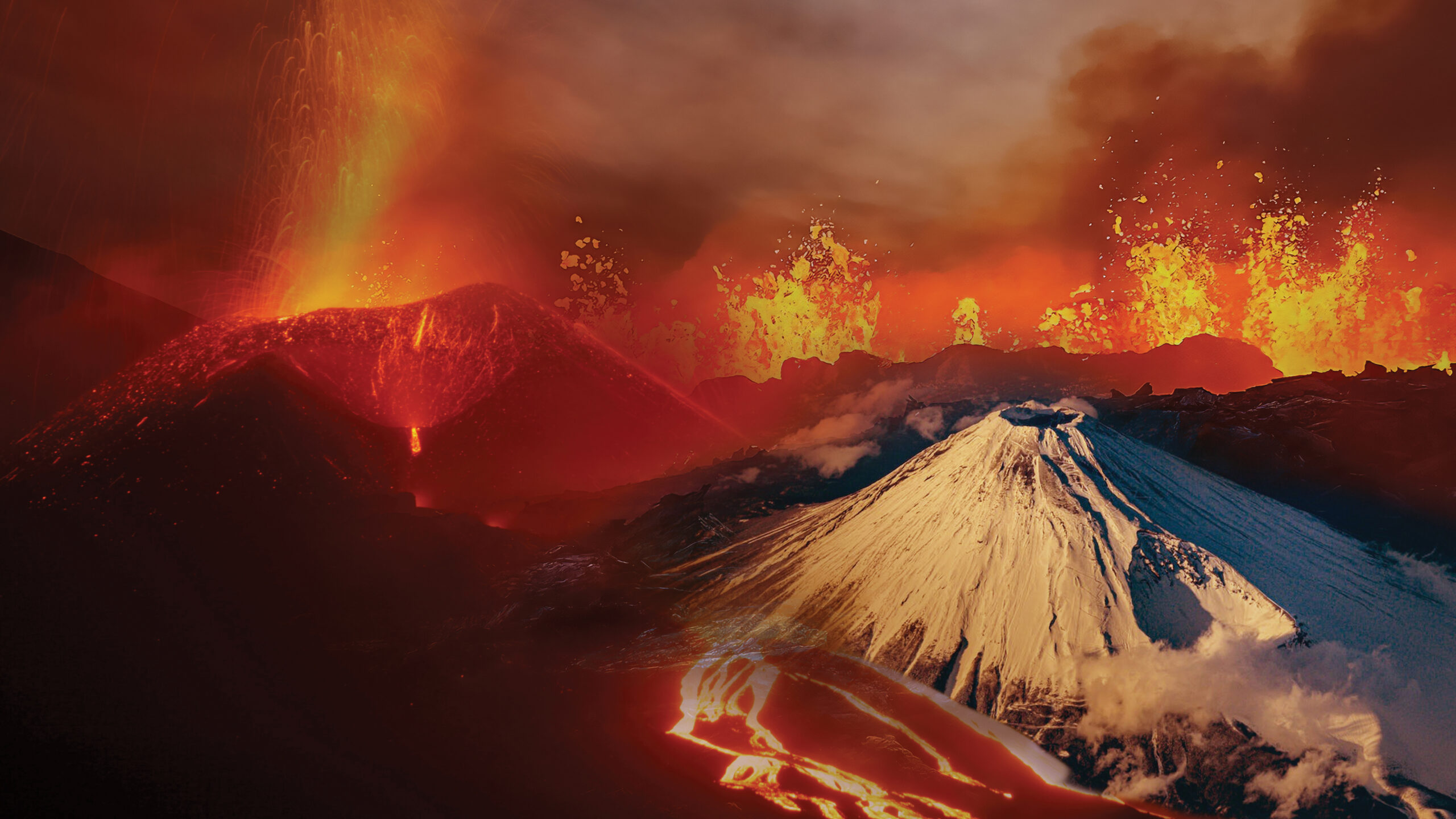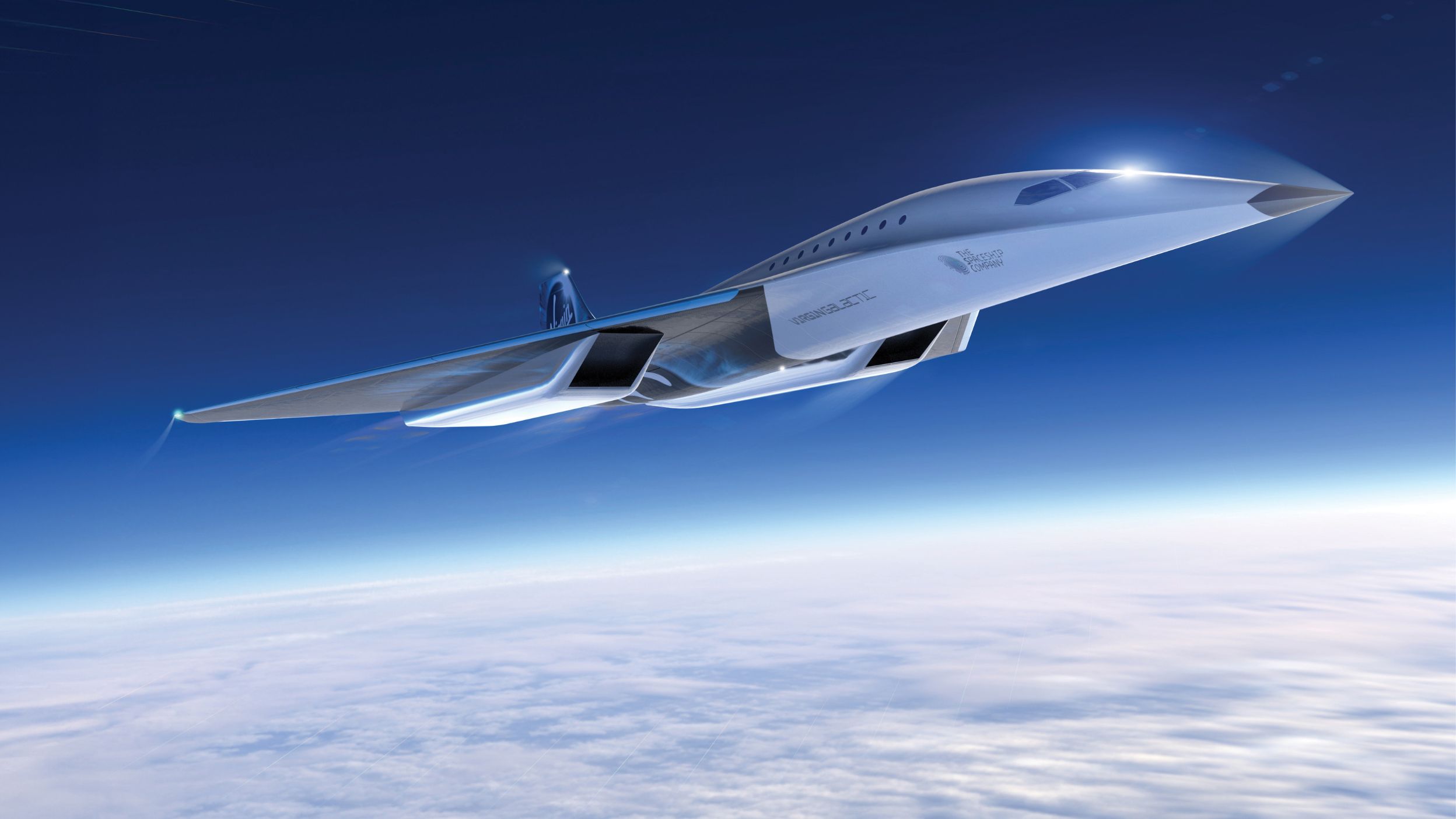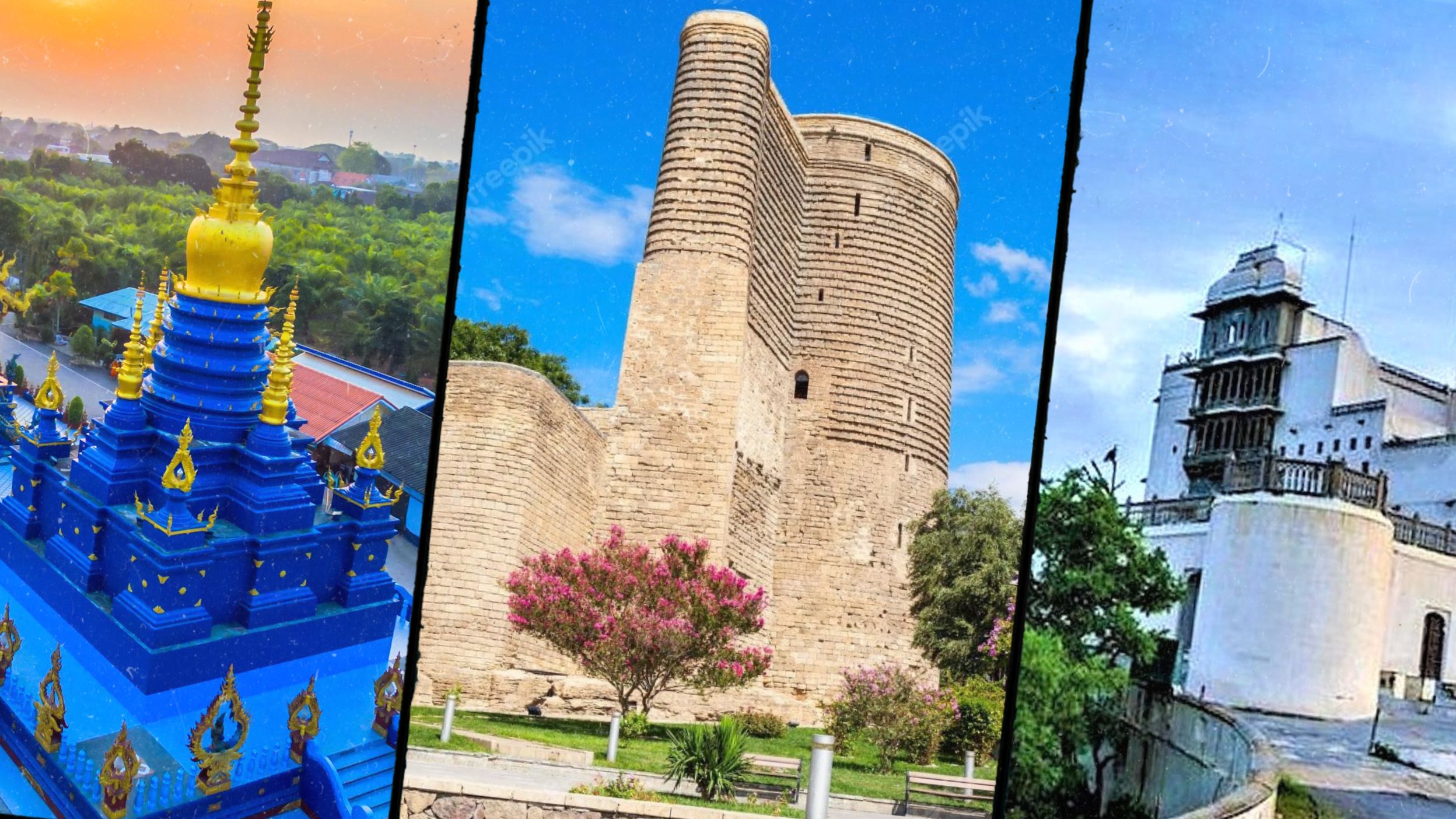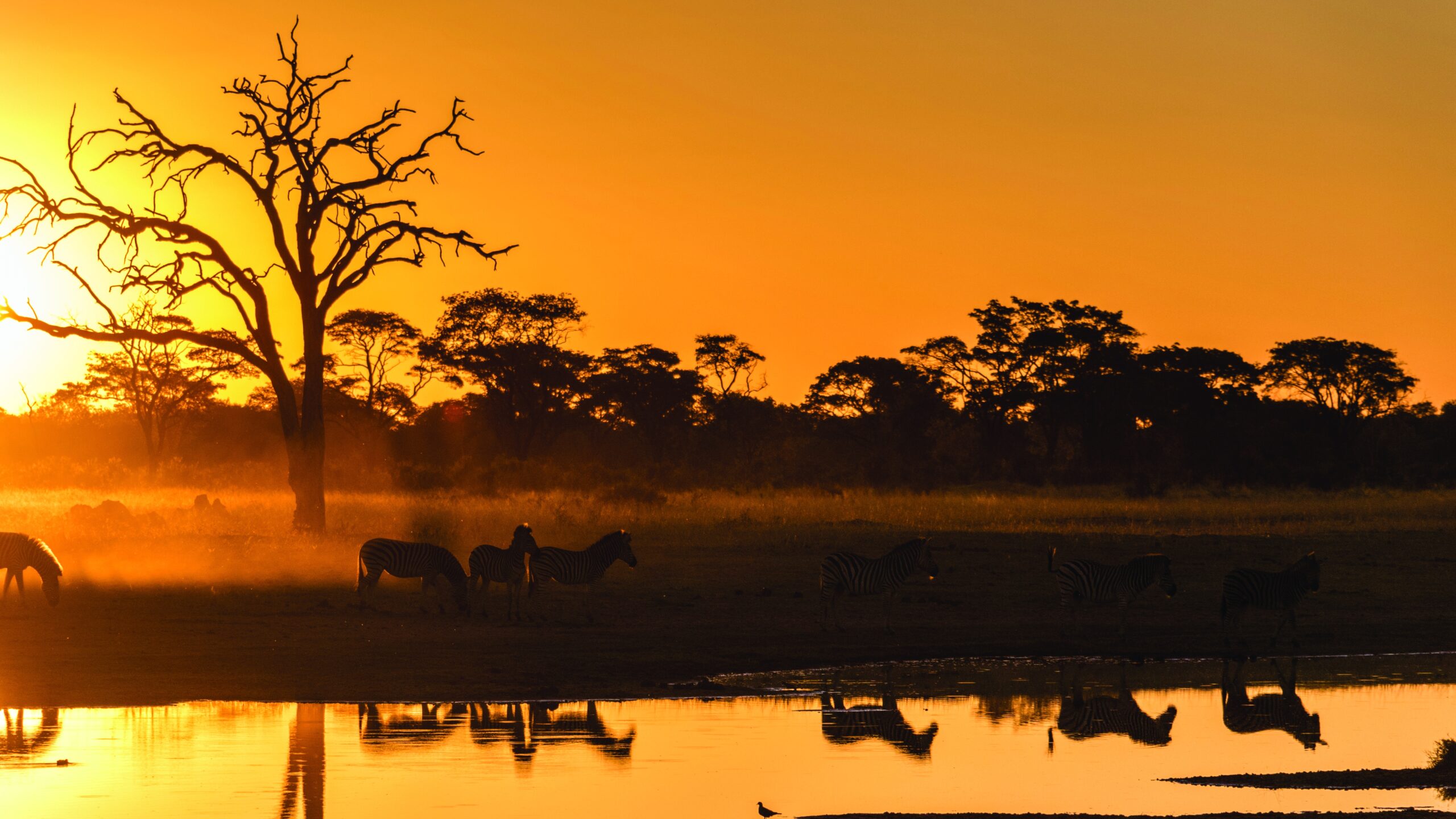
Animal Magnetism: For the holiday of a lifetime, roam among South Africa’s wildlife to see the iconic animals at play
Going on safari in South Africa means being spoiled in unspoiled surroundings. Seeing nature’s most iconic and charismatic mammals in their natural habitat is an experience not to be missed. And here, at numerous safari locations spread across this vast territory, the chances of sighting the so-called Big Five most-feared animals – lion, leopard, buffalo, rhino and elephant – are second to none. What’s more, this can be done in style. Not only are there world-class national parks offering outstanding safari opportunities, but also a slew of private game reserves with luxury lodges and personal guided tours led by hugely knowledgeable rangers, meaning that absorbing the wonders of nature has never been more satisfying. Many visitors leave with unforgettable memories that linger long after they have returned home.
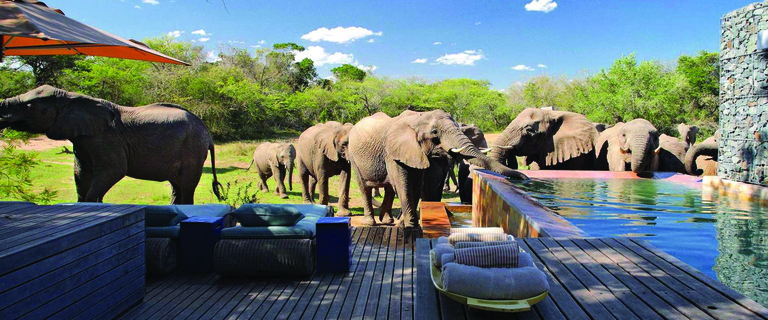
Pride of Place
A conservation success story, the safari brings tourists to South Africa by the bucket load each year. The most famous of the five safari regions is the Kruger National Park, coupled with the adjacent Greater Kruger, a vast unfenced conservation area located in Limpopo and Mpumalanga provinces. The nearest major cities, Johannesburg and Pretoria, are about an hour away by air, or half a day if travelling by road.
The province with perhaps the largest concentration of reserves is KwaZulu-Natal. Here, Hluhluwe-Imfolozi National Park – a two-and-a-half-hour drive from Durban – has played a critical role in saving the white rhinoceros from near extinction. Also of interest is iSimangaliso Wetland Park, a Unesco World Heritage Site situated along the subtropical north coast.
The malaria-free North West province bordering Botswana is also known for its Big Five safaris, particularly within Pilanesberg National Park, which has been restocked with animals from across South Africa. Madikwe Game Reserve, a luxurious private reserve, lures nature-lovers to the far reaches of the Kalahari Desert.
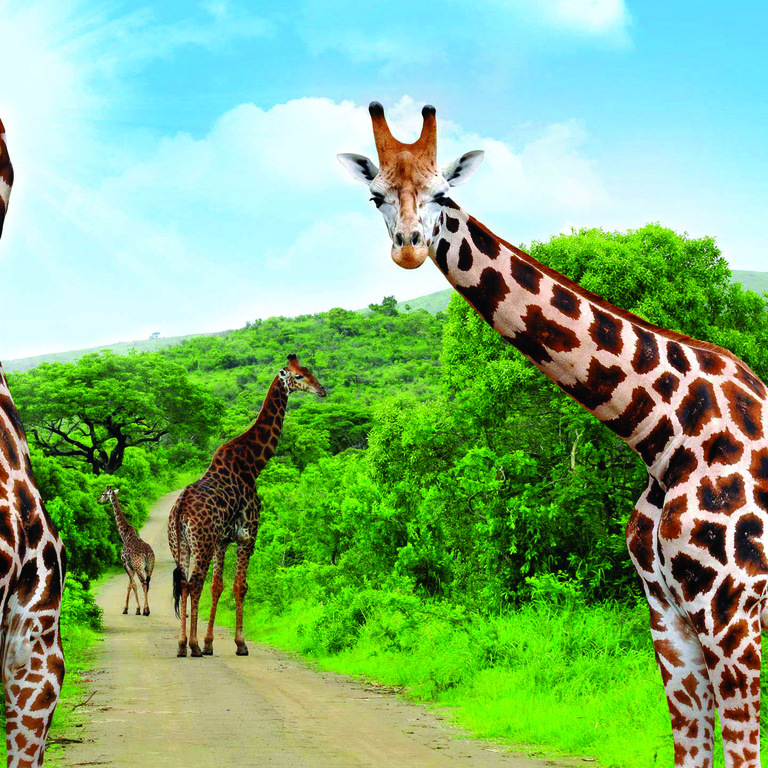
The Cape Provinces contain two safari regions, which are also malaria-free. Mountain Zebra National Park and the self-drive Addo Elephant National Park in the Eastern Cape are conveniently located along the Garden Route from Cape Town to Port Elizabeth. Most notable among the famous private game reserves here that are re-establishing wildlife is the Shamwari. The remote Northern Cape contains sparse open horizons and scrubby vegetation, whereas Kgalagadi Transfrontier Park, stretching into Botswana, hosts prides of black-maned Kalahari lions. Other desert-adapted animals such as the gemsbok can be spied against a backdrop of vivid red dunescapes.
Cracking Kruger Kruger National Park is considered to be South Africa’s ultimate safari destination, where glimpses of the Big Five are almost guaranteed. It was one of the first parks to be established following the creation of the National Parks Board in 1926. It is remarkable to think that upon the creation of the Union of South Africa in 1910 some of today’s biggest wildlife draws – lion, cheetah and both African rhino species, black and white – were virtually extinct in the country.

With a total area covering a size equivalent to Slovenia, the park is readily accessible with a network of rest camps, picnic sites and surfaced and unsurfaced roads. This untamed wilderness is sandwiched between the wide, meandering Limpopo River in the north and the Crocodile River 220 miles to the south and lush farmland beyond. It is a mosaic of 16 different vegetation zones from open grassland to dense forest supporting about 148 types of mammals, 505 species of birds and 118 kinds of reptiles. The remote northern area attracts the more adventurous safari aficionado. Dissected into two areas by the Sabie River, the southern part of Kruger is the main sightseeing area, with both zones ideal for self-drive safaris.
DIY visitors must exit Kruger before the various gates dotted around the park close for the night, allowing enough time to reach their overnight camp. Positioned near excellent game-viewing roads, Lower Sabie Rest Camp is favoured by many Kruger old hands; elephant, buffalo, hippo, rhino and storks are regularly observed. Olifants Rest Camp, further north, is also highly regarded. Spectacularly located on a cliff overlooking a broad flood plain, it offers amazing views of hippos dipping in the river, herds of buffalo crossing the nearby roads, giraffes, elephants, the handsome greater kudu and numerous birds. Indeed, Kruger is a bird-lovers’ paradise; in just one day visitors will usually be delighted by an array of exotic feathered friends including kingfisher, hornbill, bee-eater, outsized ostrich and kori bustard, and raptors such as the African fish-eagle and lappet-faced vulture.
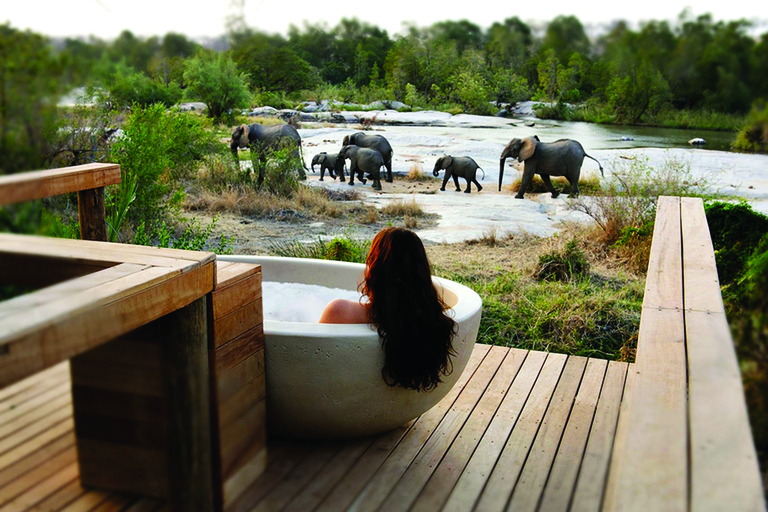
Lodge in Luxury
Kruger’s 15 private concession lodges offer an allinclusive experience in the National Park. Other luxurious retreats can be found beyond the western fringes of the Kruger, wedged between the Sabie and Olifants rivers, where fantastic private reserves entice those looking for exclusive service and an unforgettable safari in style. The most famous of these, the Sabi Sands Game Reserve, offers unparalleled wildlife viewing opportunities.
Accommodation within the reserve is at lodges, many of which have mutated from seasonal hunting camps into exclusive game resorts such as MalaMala and Singita Sabi Sand. With a rich water supply and lush environment, sightings of the Big Five are commonplace. Early-morning (from 5.30 am) and late-afternoon game drives allow guests to observe these incredible animals close up while listening to their guide and tracker share amazing stories, perhaps of fierce territorial fights between lion families or of two leopards sparring. Indeed, these private reserves are noted for sightings of the iconic Big Five’s most secretive member, the leopard, a beautiful, lithe creature which can climb trees with a few leaps.
Dusk is when things slow down, when a leopard might be seen sleeping on a tree trunk or the silhouette of a lion viewed in the distance; then comes the apprehensive, expectant pause before the arrival of dawn. Combined with the luxury of the private lodges, these moments stir romantic, almost spiritual emotions. A three-hour drive north of Sabi Sands, Klaserie Private Nature Reserve offers a wide range of accommodation options, from tented camps to highend lodges to a more rustic experience.
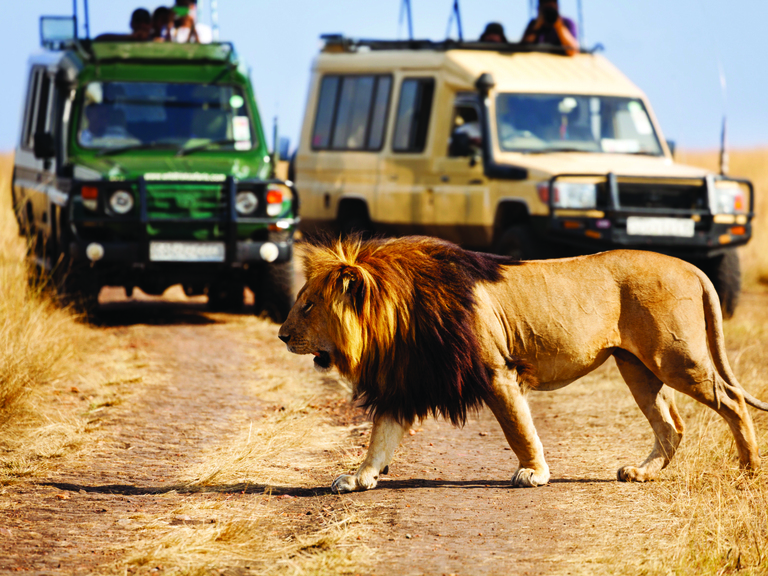
Roaring Success
Private game reserves have played an important role in ongoing conservation efforts in the country by funding vulnerable habitats and the rehabilitation of degraded former farmlands. Another important development over recent years has been the amalgamation of bordering conservation areas such as the Great Limpopo Transfrontier Park, which covers land in South Africa, Mozambique and Zimbabwe. By removing the fences formerly dividing conservation areas, the habitat available to animals and their migratory routes have been increased.
The best time to visit the South African game parks is during the winter months (June to September) when temperatures are more comfortable and animals tend to huddle around rivers and water sources as the vegetation is lower. An exception is the reserves of the Eastern Cape, where cold wintry spells may make summer stopovers more appealing.


